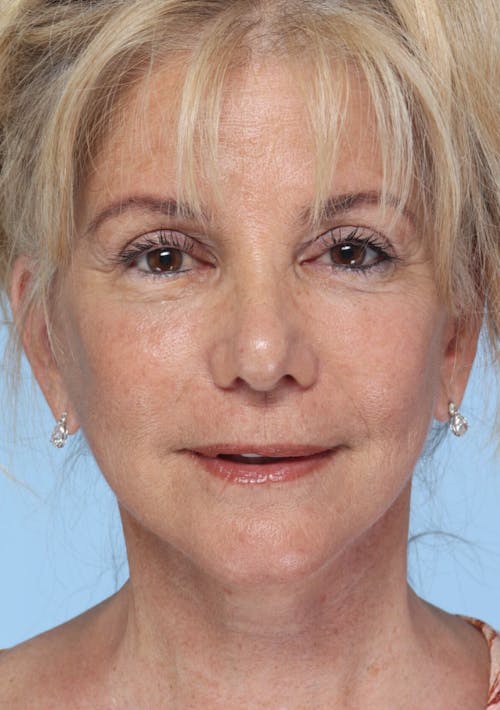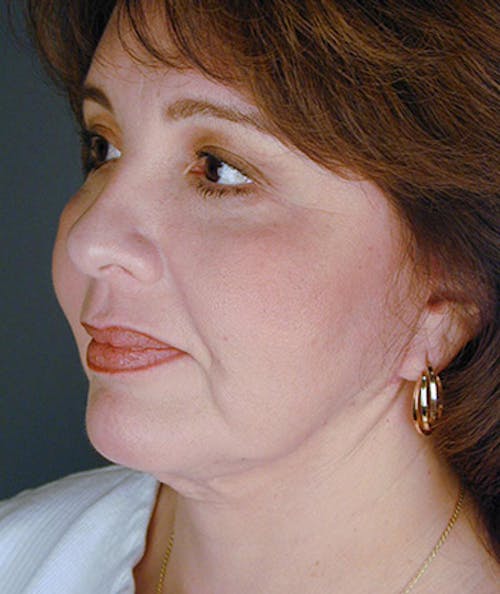Long considered the gold standard in facial rejuvenation, a surgical facelift provides dramatic, lasting improvements that can help patients reclaim their confidence and quality of life. In the hands of trusted aesthetic authority Dr. Paul Nassif, results are nuanced, natural-looking, and transformative.
What is a facelift?
Facelift surgery (rhytidectomy) is the third most common facial plastic surgery performed in the United States. It targets the lower third of the face, addressing sunken cheeks, jowls, wrinkles, and sagging skin around the mouth and jawline. Choosing to get a facelift offers a boost in both appearance and self-esteem. A facelift in Beverly Hills with Dr. Paul Nassif can be performed on its own or in combination with an eyelid lift, brow lift, or neck lift for more comprehensive results. Dr. Nassif’s goal is always to make you look like yourself – only more relaxed, rejuvenated, and replenished.























